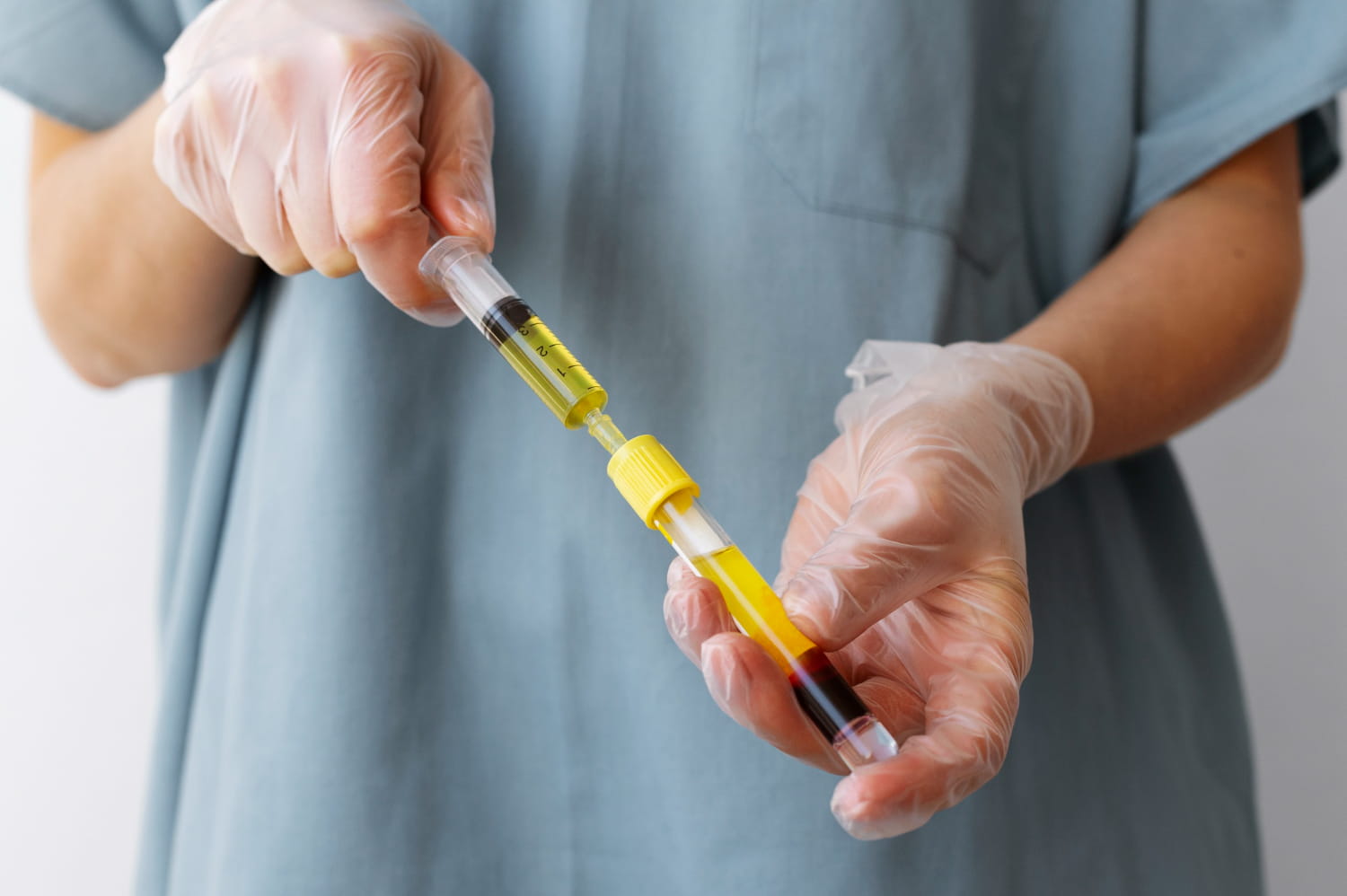If you’re seeking a treatment that harnesses your body’s own healing power, Platelet Rich Plasma (PRP) Therapy at Lifestyle Pain Management offers a promising path. This advanced therapy supports recovery from injuries, reduces pain, and stimulates tissue regeneration—all with minimal side effects. In the first paragraph, you’ll see the internal link to help readers easily discover our PRP Therapy offerings.
What PRP Therapy Is and Why It Works
PRP Therapy uses a concentrated form of your own blood’s platelets, rich with growth factors, to promote healing in damaged tissues. By extracting a small sample of blood, spinning it in a centrifuge, and injecting the platelet-rich portion into the affected area, PRP helps accelerate repair naturally. Because it is an autologous treatment (your own blood), the risk of allergic reaction or rejection is extremely low.
Common Conditions Treated with PRP
At Lifestyle Pain Management, PRP Therapy is used to address various pain and degenerative conditions, including:
- Tendon injuries (e.g., tennis elbow, Achilles tendinitis)
- Chronic joint pain (knee, shoulder, hip)
- Ligament or muscle strains
- Osteoarthritis and cartilage degeneration
- Post-surgical healing support
- Hair restoration (in some cases, under specialized protocols)
Patients often turn to PRP when traditional treatments—like physical therapy or medications—fall short.
What to Expect During the PRP Process
Here’s a typical framework for a PRP therapy session at Lifestyle Pain Management:
- Consultation & Assessment
A clinician reviews your medical history, imaging, and symptoms to confirm suitability for PRP.
- Blood Draw & Processing
A small vial of blood is drawn and placed in a centrifuge to isolate the platelet-rich plasma.
- Injection into Target Area
Using ultrasound guidance for accuracy, the PRP is injected precisely into the injured tissue or joint.
- Post-Procedure Care
You may be advised limited activity for 24–48 hours, along with gentle movement exercises.
- Follow-Up & Monitoring
Results develop over weeks to months, so follow-up visits help track progress and plan further treatment if needed.
Expected Benefits and Timeline
Results vary by condition, but many patients experience:
- Pain reduction beginning within 4–8 weeks
- Gradual improvement in function over 3 to 6 months
- Strengthening of injured tissues and slower progression of degeneration
- Reduced dependence on pain medications or injections
Because PRP stimulates your body’s own repair mechanisms, many see benefits that last longer than traditional pain treatments.
Who Is a Good Candidate and Precautions
PRP is a promising option, but it’s not suitable for everyone. Ideal candidates:
- Are in good overall health
- Do not have active infections, blood disorders, or certain autoimmune conditions
- Don’t use high doses of anti-inflammatory medications around the time of treatment
You’ll undergo a screening process to ensure safe and effective use of PRP.
Tips to Maximize PRP Results
- Stay hydrated and maintain proper nutrition before your session
- Follow post-treatment instructions carefully (rest, mild movement, avoid high stress)
- Engage in rehabilitation therapy or guided exercises to support healing
- Avoid smoking or heavy alcohol use which can impair tissue repair
Platelet Rich Plasma Therapy is a powerful, scientifically grounded tool for managing pain and supporting tissue regeneration. At Lifestyle Pain Management in Snellville, our experienced team works carefully with you to design and deliver PRP treatments tailored to your condition and goals.

